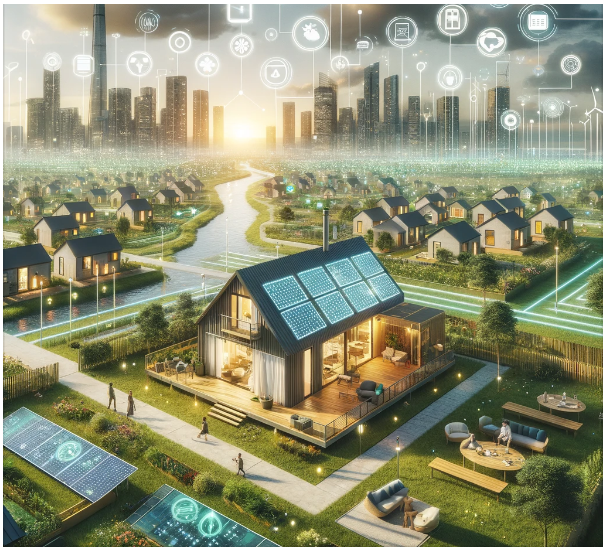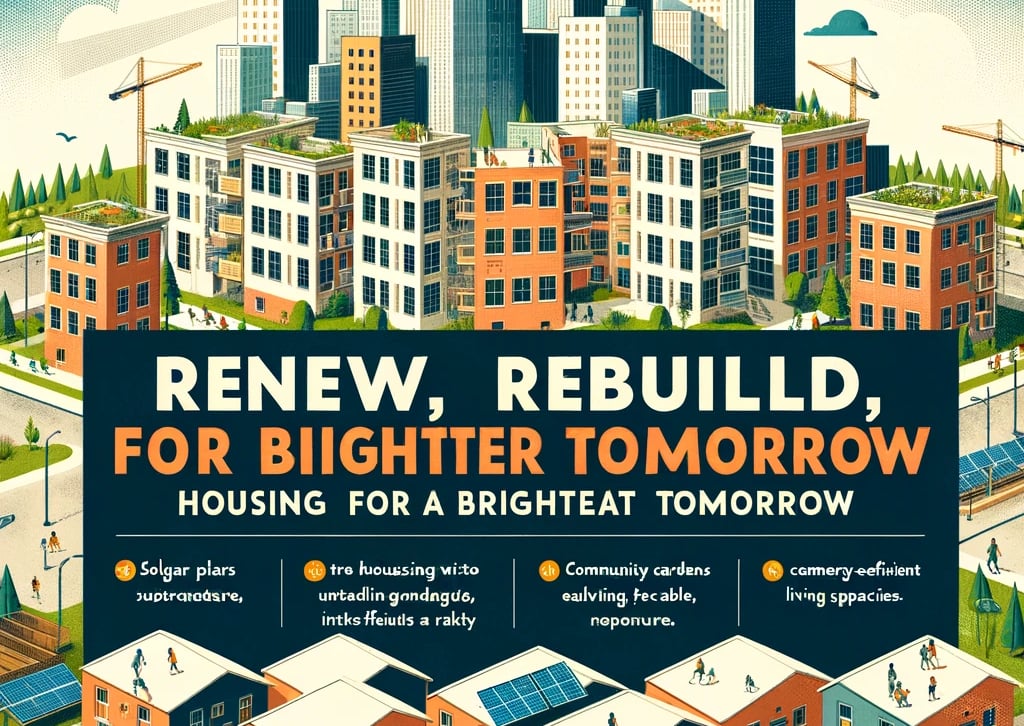How to Solve the Global Housing Crisis with Smart Homes in 2024
Health and Growth Desk
2/4/20243 min read




One potential pathway is the integration of green building principles and smart technology in the construction of affordable housing. Such an approach can reduce energy costs, improve indoor air quality, and provide residents with tools to manage their health and environment more effectively. Moreover, policy interventions, such as subsidies for green technologies in low-income housing, tax incentives for sustainable construction, and regulations that mandate health-focused housing standards, can play a crucial role in bridging the gap between innovation and accessibility.
Community engagement and participatory planning also emerge as critical components in the quest for equitable housing solutions. By involving residents in the decision-making process, developers and policymakers can ensure that housing projects not only meet the immediate needs of the poor but also empower them to sustain and improve their living conditions over time. This approach fosters a sense of ownership and agency among residents, paving the way for more resilient and cohesive communities.
Furthermore, the global housing crisis calls for international cooperation and knowledge exchange. Innovative solutions to housing and health challenges in one region can offer valuable lessons for others. International bodies, non-governmental organizations, and the private sector must collaborate to mobilize resources, share best practices, and advocate for policies that prioritize the housing needs of the world's most vulnerable populations.
In conclusion, the narrative around smart and healthy housing must evolve to include the millions of poor people worldwide for whom technology remains out of reach. By integrating sustainable, health-focused design principles with smart technology, and by implementing policies that ensure accessibility and affordability, we can begin to dismantle the barriers that keep the benefits of innovation confined to the privileged few. The path to a future where everyone enjoys the right to healthy, safe, and sustainable housing is fraught with challenges, but it is a journey worth undertaking for the sake of equitable development and human dignity.
(With AI Input)




The intersection of smart, healthy housing and the well-being of poor populations around the globe stands as a stark reminder of the widening chasm between technological advancement and equitable access to its benefits. The narrative of smart homes, equipped with AI-driven conveniences and energy-efficient solutions, often overlooks a crucial demographic: the impoverished, who are invariably trapped in a cycle of inadequate housing and chronic health issues.
This op-ed delves into the ramifications of this oversight and proposes a more inclusive path forward.
Smart home technology, as exemplified by the adoption of devices like Amazon Echos, Nest thermostats, and other automated systems, demonstrates the potential to enhance lives significantly. These innovations can offer not just comfort and efficiency but also critical health and safety benefits, particularly for the elderly or those with disabilities. However, this technological boon is largely inaccessible to the world's poor, who continue to grapple with the foundational challenge of securing safe, stable, and healthy housing.
The dire state of housing for impoverished communities worldwide is not just a matter of physical shelter. Substandard living conditions—characterized by overcrowding, poor ventilation, dampness, and inadequate sanitation—directly contribute to a spectrum of health problems, from respiratory infections and asthma to mental health issues. The causality loop between poor health and the inability to improve one's living conditions perpetuates a cycle of poverty that is difficult to break.
Moreover, the advent of climate change introduces another layer of adversity for those living in inadequate housing. The increasing frequency and intensity of extreme weather events disproportionately affect the poor, who are often housed in the most vulnerable areas. The impact of climate change on housing security thus exacerbates existing health inequalities, making the need for smart, sustainable, and healthy housing solutions more urgent than ever.
Addressing this crisis requires a multi-faceted approach that goes beyond mere technological adoption. It necessitates a rethinking of housing policy and development strategies to prioritize accessibility, sustainability, and health outcomes. This entails not only making smart home technologies more affordable and accessible but also ensuring that new housing developments are built with resilience and health in mind.
Who We Are:
Economic Nations champions global unity through economic collaboration, focusing on sustainable growth, reducing inequalities, and enhancing global relationships for mutual prosperity and peace.
Contacts
enquiry@economicnations.org
(xx) 98-11-937-xxx (On verification)
